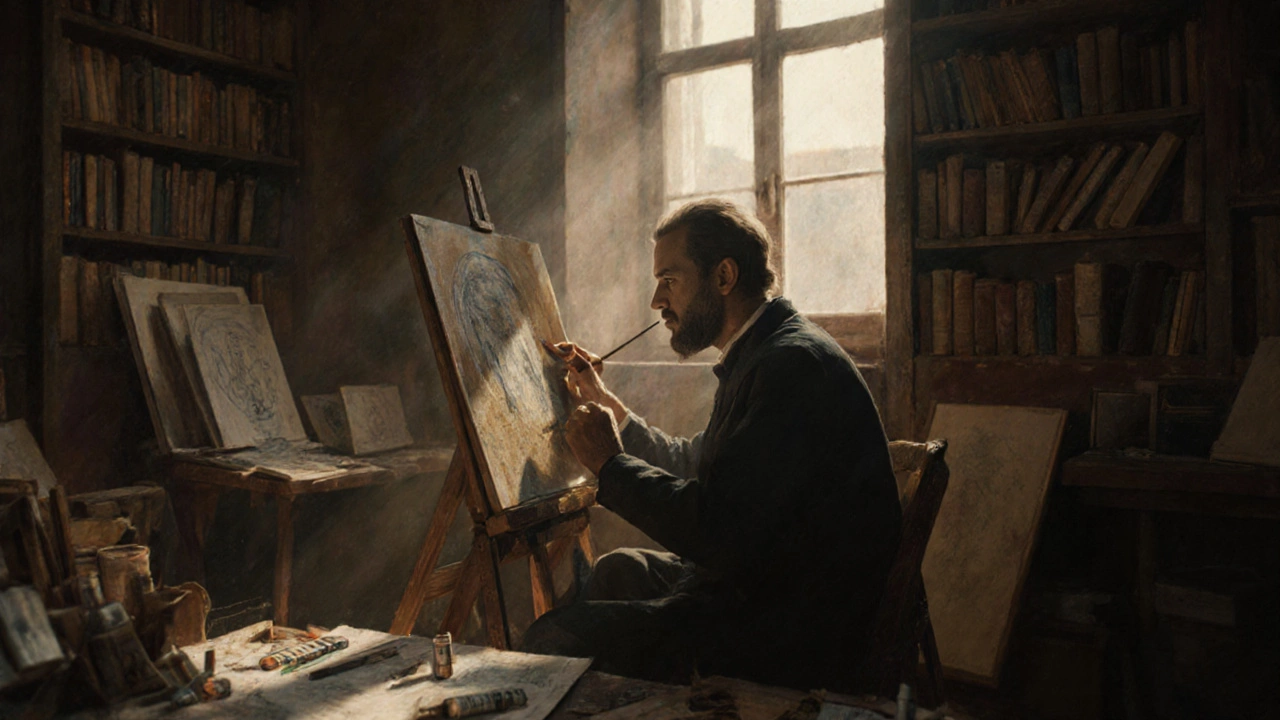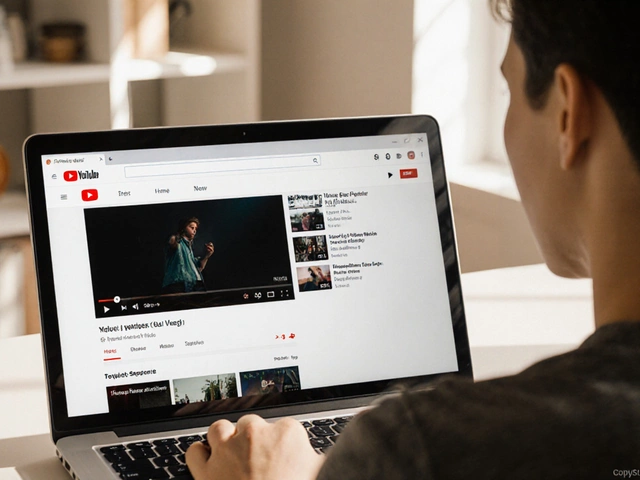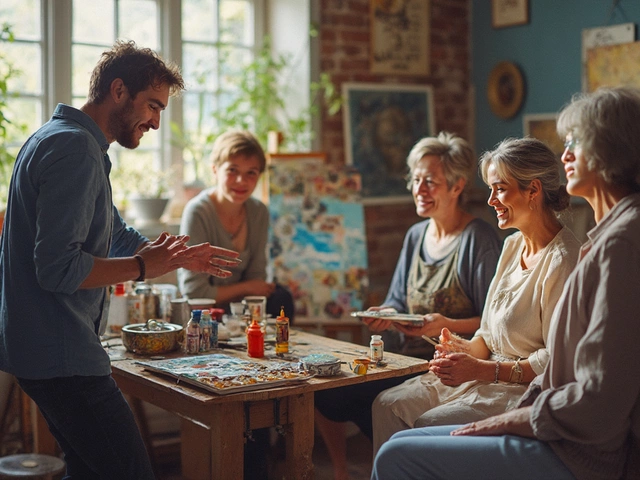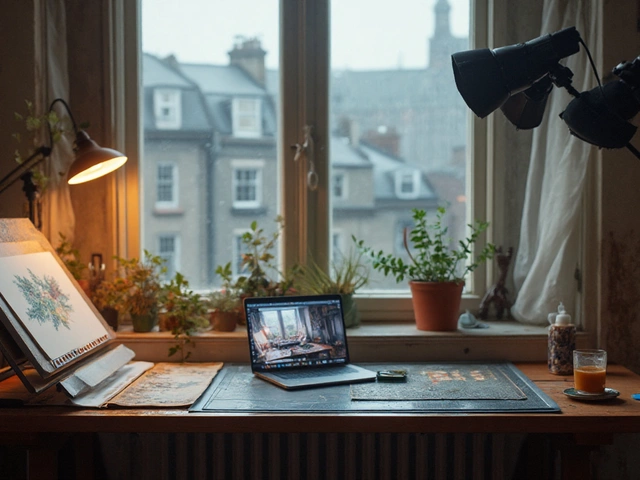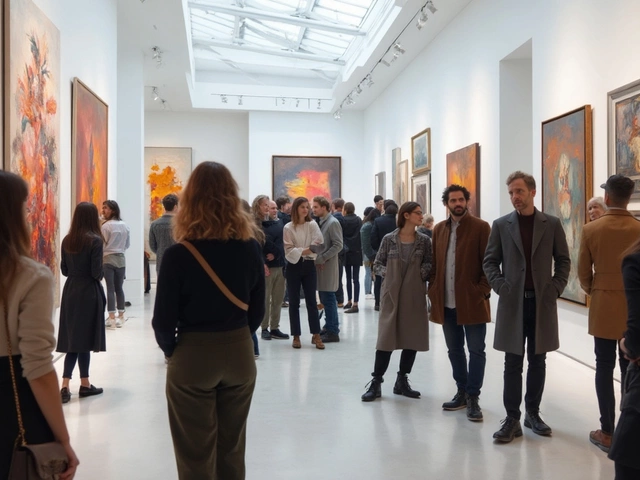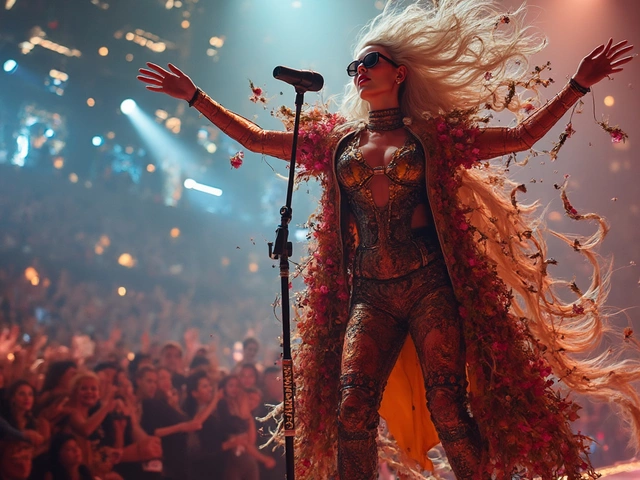Pablo Picasso – A Guide to His Artistic Legacy
When you hear the name Pablo Picasso, the Spanish painter and sculptor who co‑founded Cubism and reshaped 20th‑century art. Also known as Picasso, he shattered traditional perspective and introduced fragmented forms. Pablo Picasso isn’t just a name you spot in museums; he is the bridge between Modern art, the early‑20th‑century movement that broke away from realism and embraced new materials, ideas, and techniques and the later surge of Contemporary art, the current era of art that mixes media, concepts, and cultural commentary. You might wonder how his bold experiments relate to Abstract art, a style that emphasizes color, shape, and feeling over recognizable subjects. The answer is simple: Picasso’s later works, especially his neoclassical and lyrical phases, opened doors for artists to abandon literal representation and explore pure visual language. In short, Pablo Picasso encompasses Cubism, Picasso influences modern art, and abstract art relates to his experimental spirit. These connections set the stage for the diverse articles you’ll find below, ranging from the evolution of abstract expressionism to the rise of AI‑generated art.
Why Picasso Still Matters
If you’re new to art history, you might ask why a century‑old painter still feels relevant. The truth is, his willingness to reinvent himself—shifting from Blue Period melancholy to Rose Period optimism, from Analytic Cubism’s fractured planes to the playful collages of the 1940s—mirrors today’s artistic climate where boundaries blur daily. Modern creators, whether they work with digital brushes, VR installations, or reclaimed materials, often cite Picasso’s restless curiosity as a blueprint for breaking norms. For example, the “father of contemporary art” debate frequently names him alongside Duchamp and Warhol because his bold redefinitions of form still echo in street murals, NFT collections, and immersive gallery experiences. Understanding Picasso’s impact helps you spot the lineage in current trends like AI art, where algorithms mimic his skill at deconstructing reality. So whether you’re a budding painter trying to master composition or a tech‑savvy creator exploring generative tools, recognizing Picasso’s role gives you a practical lens for evaluating today’s breakthroughs.
Below you’ll discover a curated mix of deep‑dives and quick guides that tie back to Picasso’s legacy. From a breakdown of the most modern art styles to a look at why contemporary pieces can feel simple, each article references the themes we just explored. Grab a coffee, scroll through, and let the connections between Picasso, modern art, abstract art, and contemporary practice sharpen your own creative perspective.
Pablo Picasso: The Godfather of Modern Art Explained
Discover why Pablo Picasso is hailed as the godfather of modern art, his groundbreaking works, and how his legacy shapes today's art scene.
Continue Reading